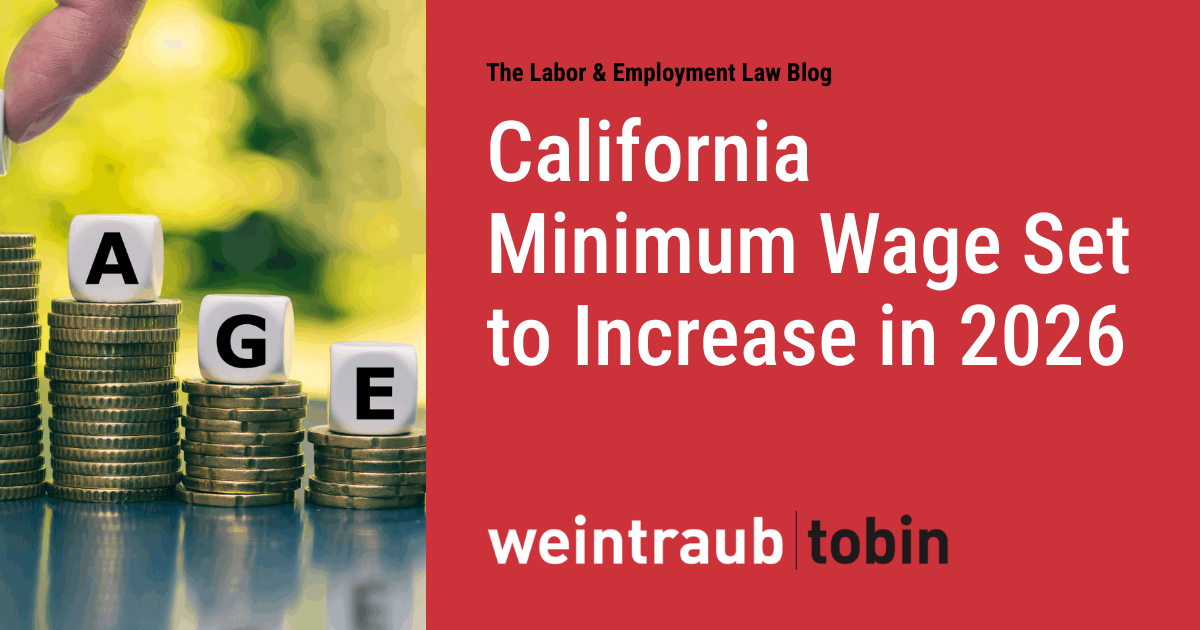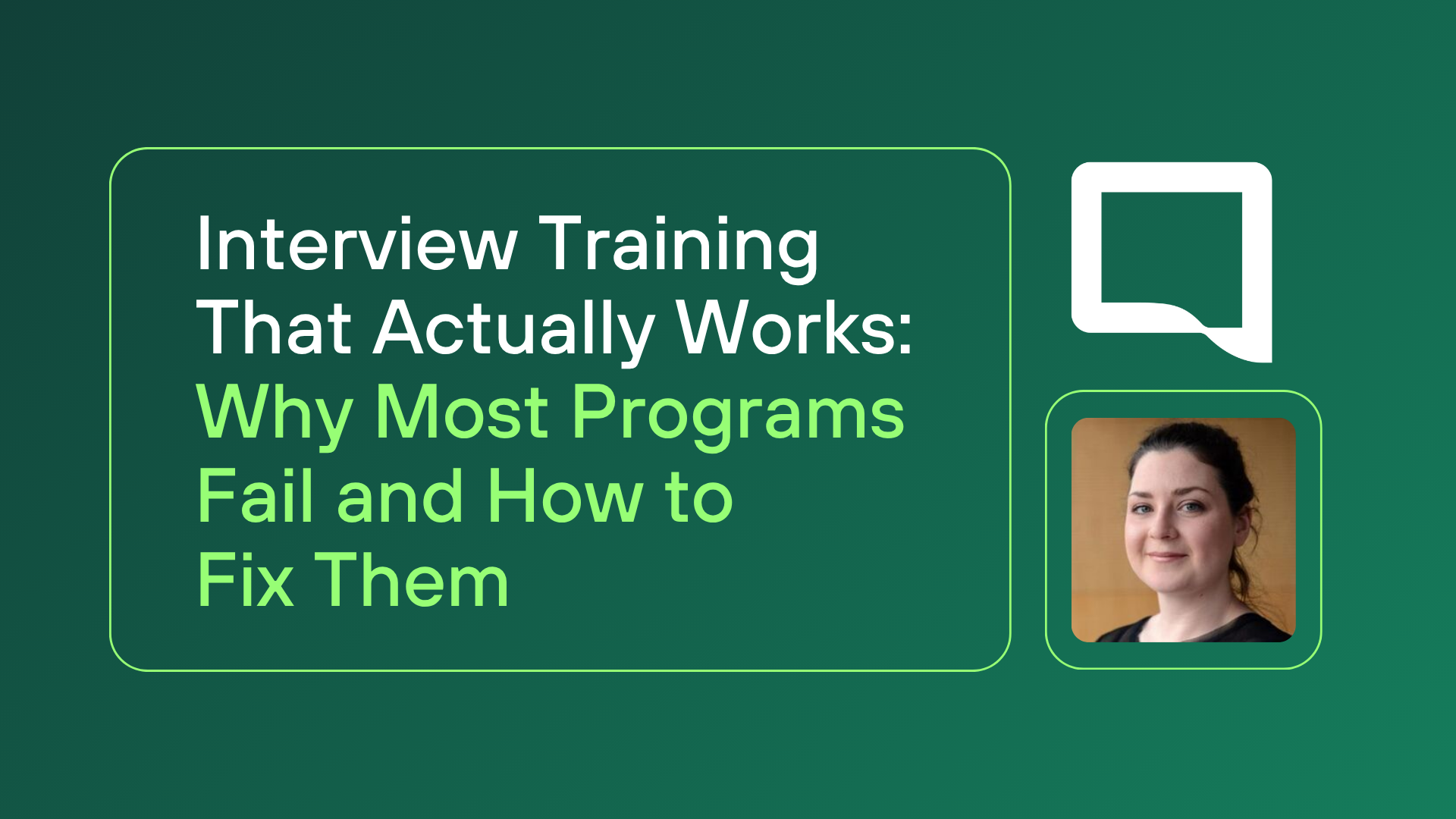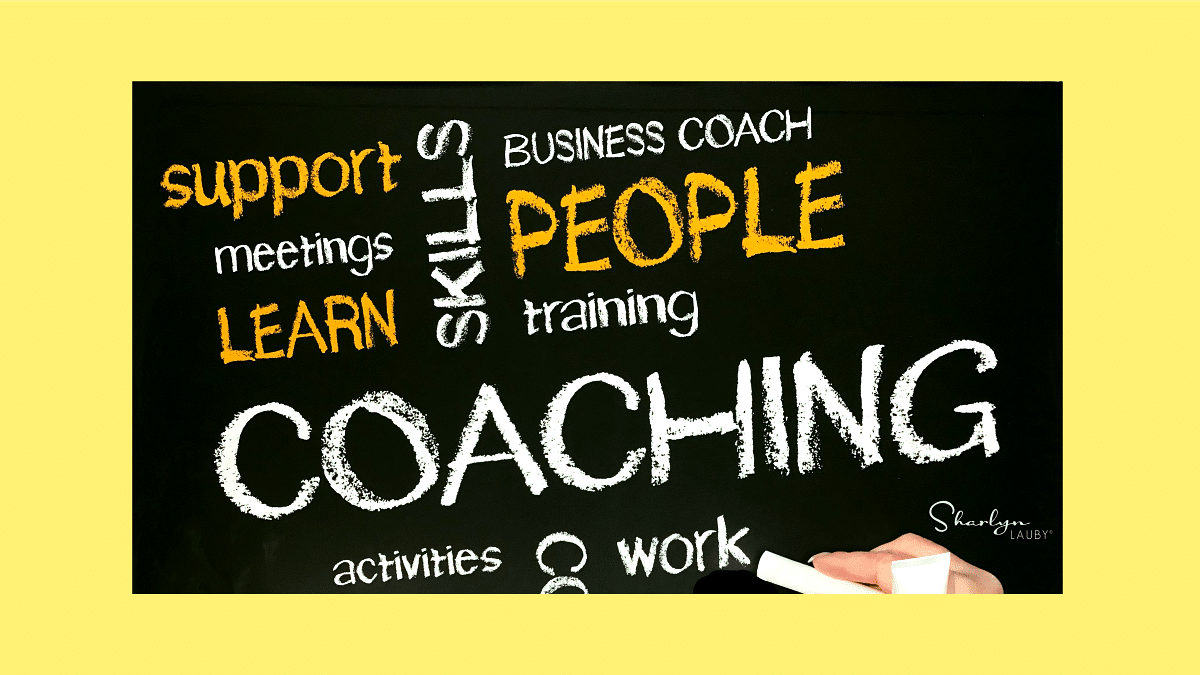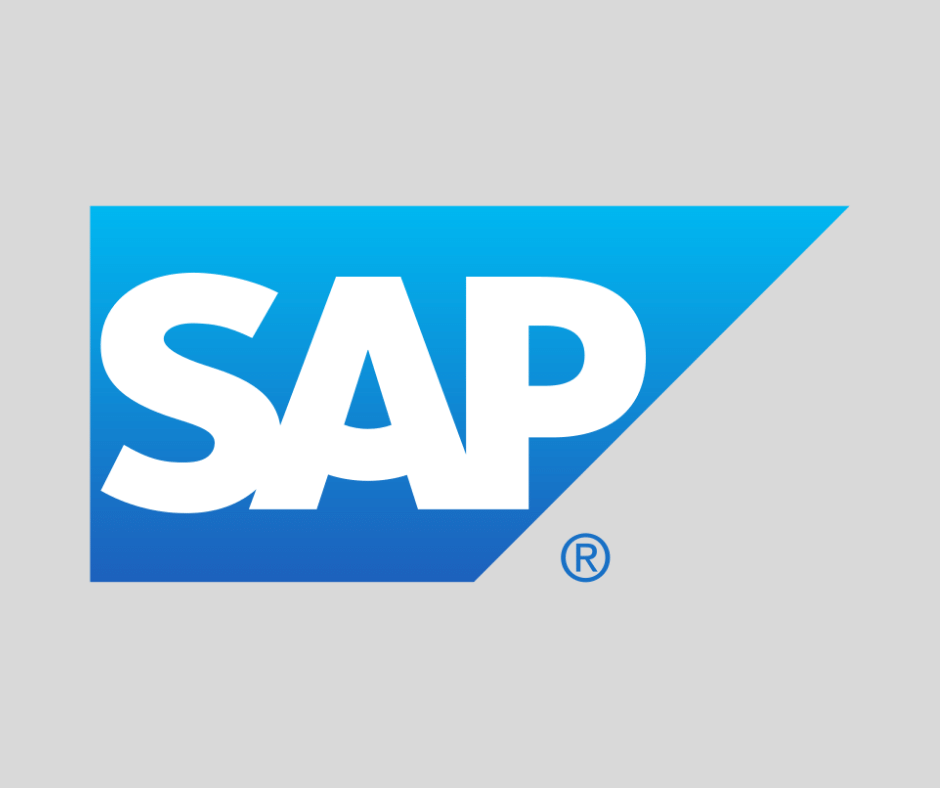As artificial intelligence hype reaches a fever pitch, two executives at HCM software provider Dayforce told HR professionals this week that successful AI implementation isn’t primarily a technology challenge—it’s a people challenge.
Amy Cappellanti-Wolf, chief people officer, and Carrie Rasmussen, chief digital officer, shared lessons from Dayforce’s internal AI journey during the company’s Discover 2025 conference, offering a practical roadmap for organizations struggling to move beyond pilot programs.
“There’s a lot of hype, a lot of noise out there,” Rasmussen said. “There are a lot of headlines and CEOs making bold statements that are making you feel uneasy.” Some industry experts are “predicting the future,” which is making employees apprehensive and nervous.
When Rasmussen asked attendees if they were feeling that pressure, hands shot up across the Wynn Las Vegas ballroom.
The executives cited statistics that underscore the challenge facing HR leaders. A recent MIT study found that 95% of generative AI pilots fail to deliver measurable business value and ROI—yet the primary causes aren’t technological.

“It’s about change. It’s about integration, organizational readiness and pure execution,” Cappellanti-Wolf said. Too often, the tech takes the blame, but she noted that the onus lies in how organizations introduce the tech—and how and why AI will be used in the workforce.
Dayforce’s annual Pulse of Talent survey of nearly 7,000 respondents, now in its 16th year, revealed another troubling gap: Sixty-seven percent of respondents have not received AI training, yet 63% believe AI is critical to their career growth. “Imagine—no one’s training them, and they feel it’s critical. Otherwise, they may become irrelevant,” Cappellanti-Wolf said. “That’s part of the concern people are seeing.”
Building the C-suite partnership
Rather than waiting for yet-to-be-determined AI rollout playbooks, Dayforce created its own approach, starting with an AI leadership forum that brought together key stakeholders. Rasmussen, who led the initiative, said she first tapped Cappellanti-Wolf to join because she knew the people officer could support the goal of cultural transformation. “It was an AI culture that we were creating,” she said.
The team also included Eric Glass, chief marketing and communications officer, to ensure authentic messaging aligned with company values. Also on hand was Chelsey Griggs, chief transformation officer, to manage investment and change management. “This is an important relationship,” Rasmussen said. “One of the things that we have really learned is how we partner on this journey.”
A three-wave implementation strategy
The leadership forum developed a phased approach that HR leaders can adapt for their organizations:
Democratization
Deploy a personal AI assistant to all employees. Dayforce chose ChatGPT Enterprise, though Rasmussen noted organizations might select tools such as Perplexity, Anthropic, OpenAI, Microsoft Copilot or others.
Role-specific agents
Integrate AI into existing software platforms—marketing, sales, accounting and HR. “There are agents coming to help your role be more efficient and effective,” Rasmussen said.
Transformation
Move beyond productivity gains to fundamentally reshape how work gets done. “That’s really where the magic happens—AI will truly transform the way we work,” Rasmussen said.
Practical AI applications in HR
Cappellanti-Wolf cautioned against adopting AI simply to check a box or boost external perception: “You have to be really clear about how and why you’re using it.” She shared specific examples of how Dayforce’s HR team uses AI within the company’s own platform.
Employee pulse surveys. AI analysis now delivers results in days instead of weeks or months. “When you wait to roll out [a response] after someone’s been asked a question to give their sentiment, you erode trust,” Cappellanti-Wolf said.
Compensation analysis. Instead of analysts spending hours reviewing data, AI identifies anomalies and potential disparities in compensation decisions during promotion and annual review cycles.
Recruiting. AI streamlines the process of updating job descriptions and customizing interview questions. When AI makes these processes faster, more accurate and adaptable to constant change, Cappellanti-Wolf says, companies can attract the right talent.
Training development. Instructional designers use AI to accelerate course creation, allowing them to focus on facilitation and skill-building rather than content development.
The benefits extend beyond efficiency. “It’s helping my team realize that I’m invested in them,” Cappellanti-Wolf said. “As leaders, we want to make people feel like they can grow, learn and develop within the company.”
Key lessons learned
The executives shared several takeaways from their implementation journey:
Some employees may not need extensive training. Don’t wait for complete proficiency before offering AI tools. “The barrier to entry is actually pretty low for most people,” Rasmussen said. “It’s really important to get the technology into the hands of users.”

Lead from the front. Leaders must use the new tech themselves, not just mandate adoption. “Leading from the front means using AI in our daily lives,” Rasmussen said.
Embed in workflows. “AI shouldn’t be done on the side, like a science project,” Cappellanti-Wolf said. She advises organizations to incorporate it into workflows such as talent acquisition, development, compensation and employee listening.
Share failures openly. “When you have a loss or you’re not getting what you need, share both wins and losses with people—it makes you look human,” Cappellanti-Wolf said. “It also helps people realize that experimentation leads to innovation.”
Maintain humanity. Both executives emphasized that AI must augment rather than replace human judgment and connection. “It has to be both human and technology together. You can’t split those two.”
“Embrace the energy,” Rasmussen said. “This has been an amazing partnership that we’ve created, and I encourage all of you to go back and build this same kind of partnership with your technology leader.”






















